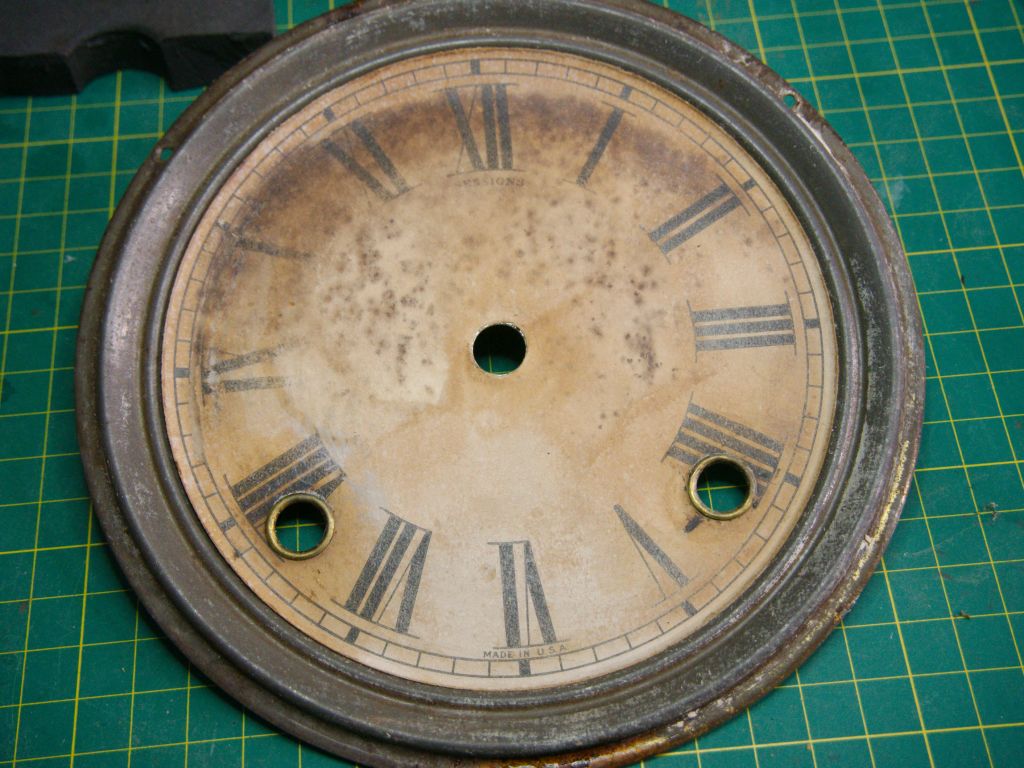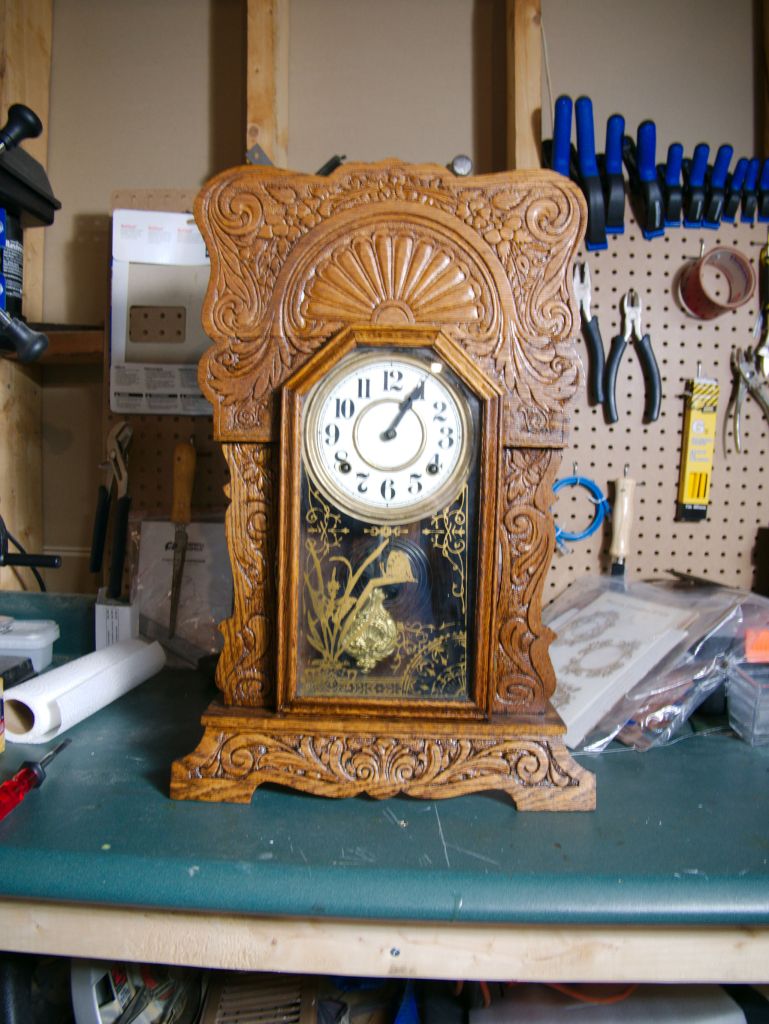I am not a huge fan of gingerbread clocks which were very popular in America at the turn of the 20th century. Every major manufacturer made them and they sold like hotcakes. Thousands have survived and a quick perusal of online auction sites any day of the week will reveal dozens if not hundreds of them.
The Sessions Clock Company of America was a prominent clock manufacturer in the early 20th century, producing a wide range of clocks that included mantle, wall, and grandfather clocks. Founded in 1903 in Connecticut, the company quickly gained popularity for its combination of both traditional and modern styles. Although the company ceased production in the 1950s, Sessions clocks remain popular among collectors and clock enthusiasts. Sessions gingerbread clocks were particularly popular.
The gingerbread designs were created by using high-pressure rotary presses on oak wood that had been pre-steamed to soften it.
The Grand Assortment 8-day time and strike gingerbread clock from around 1915 was a big seller for Sessions and the model was found in many American homes of the day.
And so, we have my Sessions clock won at auction in early 2022. This clock has had a hard life of neglect.
This clock took many months to complete. I was not quite certain what to do with the case so I worked on the movement initially. I have serviced a fair number of Sessions movements over the years so servicing was fairly routine with the exception of one small issue mentioned below.
Rather than leave the case as-is I knew I knew that invasive intervention was the only option.

The case was completely stripped, not something I wanted to do but it was in such poor condition. For example, note the bottom right base section shown below.

After much rubbing, scrubbing, using a commercial nontoxic stripper, and the application of 2 coats of traditional shellac the results were better than expected.

I can usually resurrect a dial but this one had too much foxing as they say in the clock world. Foxing is the gradual process of rust oxidizing through the paper dial over a long period.

Rather than source a new paper dial I decided to go with a dial from an Ingraham gingerbread parts clock and since the diameter, the center arbor and winding holes are standard it was an easy fit.
Anyone familiar with the Grand Assortment line would note that they were fitted with Roman Numerals rather than Arabic dials but I don’t think the buyer of a clock like this would see it as an issue.
Here is the clock from a slightly different angle.

The Movement
I began with new bushings on the escape wheel rear plate and third and fourth wheels on the time side and finally the second wheel back plate for a total of 4 bushings on the time side.

There was negligible wear on the strike side.
As I noted in a previous article the center cannon is quite stiff and I was never able to eliminate the stiffness completely but the clock runs well.
Final thoughts
Stripping an antique clock case should always be considered a last resort. While it may be necessary to remove old, damaged, or unsightly finishes in some cases, stripping can irreversibly damage the wood and compromise the value of the clock. It’s important to exhaust all other options, such as repairing and restoring the existing finish before resorting to stripping.
If stripping is the only viable option, it’s crucial to approach the process carefully and with the utmost care to avoid further damage to the clock case.
And so there you have it. A case that was completely stripped, a new top coat, a newish dial added, and a movement that required minor servicing and now the clock is ready to be sold at some point in the spring after a few weeks of testing.
